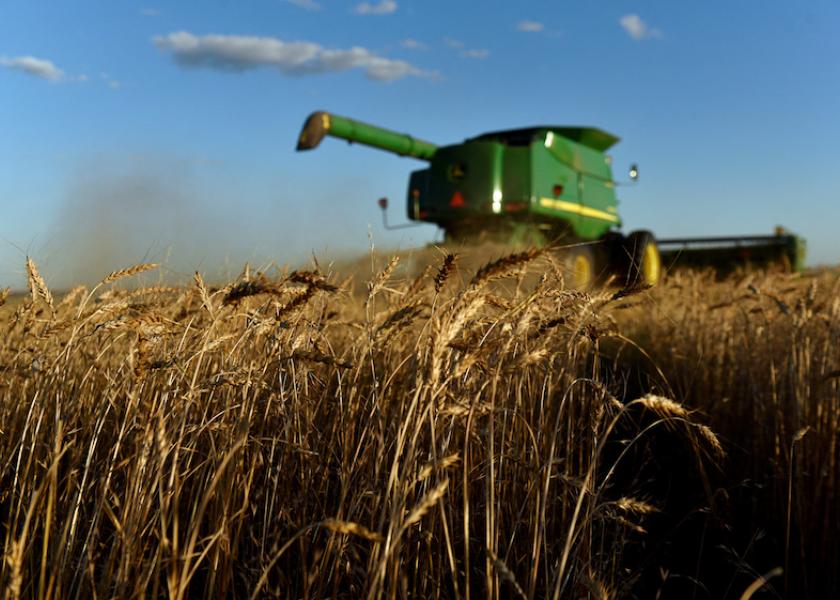Blue Light: A Proven Weed Destroyer

Plants need light to survive and grow, but too much light can be a bad thing. Scientists in Ohio are experimenting to unlock weed-destroying possibilities in blue light.
Global Neighbor, Inc. (GNI), a tech company aimed at harnessing Directed Energy (DE), is using blue light and heat to kill weed seeds on the way through the combine.
“We use short durations of light at high intensity to alter a plant’s growth,” says Jon Jackson, president of GNI “We can hinder a weed seed’s growth, or we can make that seed grow faster.”
The blue light concept has been several years in the making, as Jon Jackson says his team was given a Small Business Investment Research (SBIR) grant from Edwards Air Force Base, with an objective to control, plant and defoliate plants without using chemicals, in a way that won’t disturb the desert soil crust.
High Light Research
Tumbleweed seeds in the California desert were assigned as the initial blue light objective, until a farmer in Iowa caught wind of the research and asked for help in fighting waterhemp.
GNI’s team flipped the switch on blue light in waterhemp, thinking “if you can kill tumbleweed seeds, you can probably kill other seeds as well.” Their hunch was right.
“We found that if we can warm a seed up to a certain temperature and then flood it with blue light, we can damage the cells that control the radical growth so that the seed won’t become a plant,” says Jon Jackson.
GNI put the science to work in a system that bolts onto combines, destroying weed seeds on their way out the back of the machine.
“As the years go on, you’re putting less weed seed back into the field because more and more of them are becoming disabled,” says Patrick Jackson, product manager at Global Neighbor.
GNI intends to move their prototype to testing phase during wheat harvest next month.
Low Light Findings
Jon Jackson says his team found that if they dial back the blue light, but warm up the seed, they can get the seed up and out of the ground at a faster rate.
Cadance Lowell, professor of plant science at Central State University has been testing blue light growth rates at:
• Two seconds
• Five seconds
• 10 seconds
Lowell’s team is researching ways to build a system that will replace chemicals for cover crop burndown.
“In this experiment, there was some damage done to the two-second crop,” she says. “But by the time you get to the 10-second treatment, you can see that the dry grass is dead.”
Lowell says she is “amazed and excited” to see advancements with blue light and looks forward to new opportunities from her team’s research.
More on weeds:
> From Sawdust to Herbicide Drift Solution
> Smooth Bedstraw: Pretty to Look At, Problematic in the Pasture
> Late-Maturing Soybeans Might Reduce Weeds, Based on Research from Illinois







